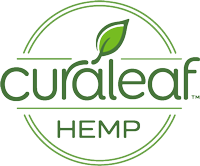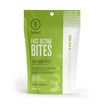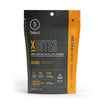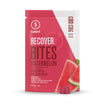This blog is empty
Back to homeSuggested Use: Delta 9 THC is intoxicating and affects everyone differently. Use responsibly.
All products are intended for use by adults 21 years and older. Keep out of reach of children. There may be health risks associated with consumption of these products. Do not use if nursing, pregnant, plan to become pregnant or have any health concerns. These products may contain CBD and/or Delta-9 THC derived from hemp. Note that laws pertaining to hemp-derived products vary by state.
FDA WARNING: This statement has not been evaluated by the Food and Drug Administration. This product is not intended to diagnose, treat, cure, or prevent any disease.
© 2024, Curaleaf Hemp
Boston Web Design by TF
